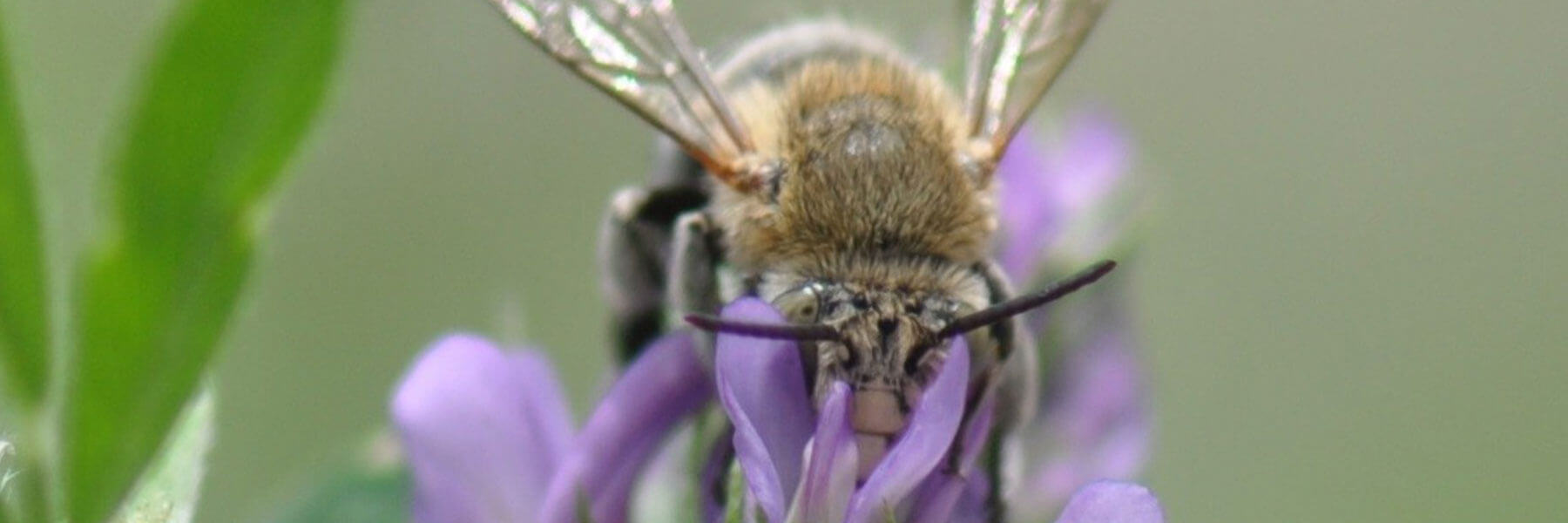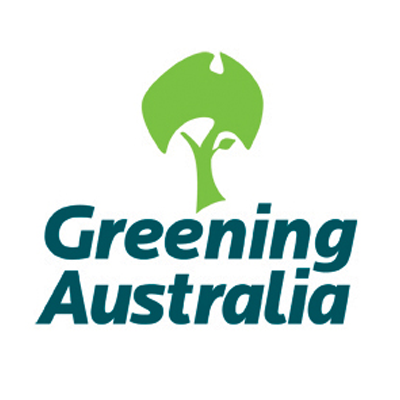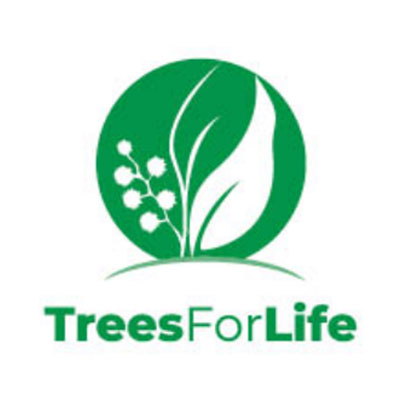Overview
Across Australia, yields of 75% of introduced horticultural and agricultural crops benefit from pollination. Traditionally, a large part of this pollination is provided through ecosystem services from bees and other insects that exist in the area surrounding the crops. However, over time, the habitat support for these beneficial insects has been decreasing in cropping areas. Put simply, when the crops are not in flower, beneficial insects cannot find food (floral resources) in the landscape, and hence cease to exist in these areas. This project aims to increase the profitability and security of pollinator dependent crops including apples and lucerne by improving the health, diversity and abundance of pollinating bees on farms. It aims to do so by planting food for crop pollinating bees in and around farms. The project is funded by the Federal Department of Agriculture under its Rural Industries for Profit program. The University of Adelaide collaborates with Greening Australia and Trees For Life to deliver the revegetation component.
Summary of outcomes
So far, demonstration sites have been planted on 5 farms: 2 lucerne, 1 apple and 2 canola farms, covering a total of 3.5 ha with 5500 tubestock plantings (3000 stems per ha) and 2 ha of direct seeding. 200 native plant species have been identified as beneficial for crop pollinators in SA. Fact sheet for the farming communities and gardeners are in production.
The website www.pollin8.org.au/project provides advice on which species of native vegetation can improve pollination for apples, almonds and Lucerne crops in South Australia.
What makes this project so special?
This project is unique in that it pulls together farmers, beekeepers and NGOs (Trees for Life and Greening Australia) specialising in revegetation. The native plants provided will benefit the farmers, and hence help to offset the costs involved for revegetation.


